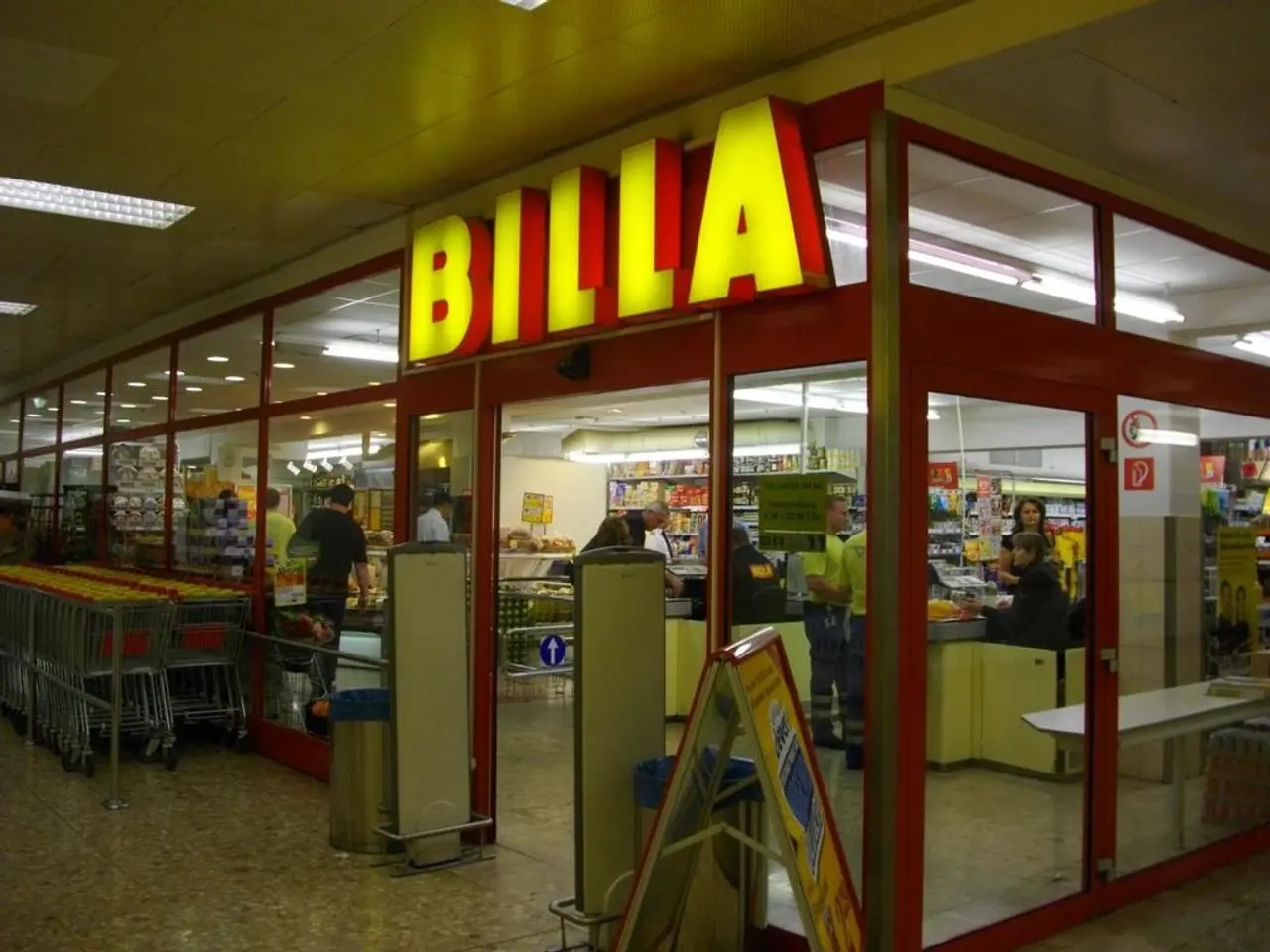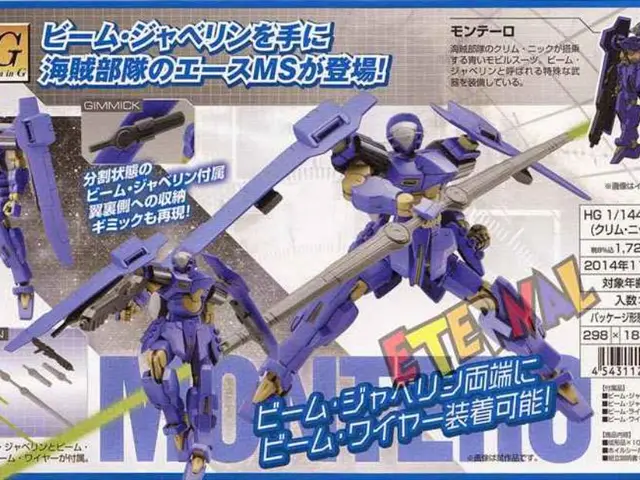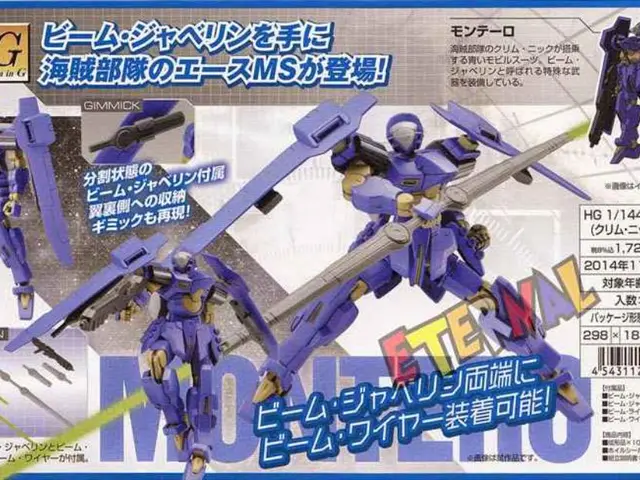Uncovered Investigation: The Case of the $25M Heist Linked to The Supply Chain DetectiveTM!
In a bid to prevent another "robbery" in supply chain management, a major national retailer embarked on a $25 million project to automate and redesign their distribution centers. The company, which has expanded its product portfolio beyond traditional items, sought to improve efficiency and reduce costs.
The core of the operation lies in a series of pick-and-pack workstations, where boxes of products are opened, some of their contents picked, and sent onwards. However, this method, while common, proved to be costly for the retailer. In these stations, boxes often contain a unique assortment of numerous SKUs, and boxes that are not fully picked get returned to the racking and sent back to the pick-and-pack stations. At the stores, these individually picked boxes are opened, and every item of every SKU that goes through this process is handled multiple times.
The retailer determined that their old Distribution Centre operations could not handle both the old and new products, as the new products come in various shapes and sizes, unlike the standard, uniform old products. This inconsistency caused bottlenecks and inefficiencies.
To address these issues, the company adopted a new fulfillment and replenishment strategy. The strategy aimed to move the vast majority of operations to full case quantities and eliminate piece packing entirely. This principle, known as a "Don't Touch" strategy, eliminates the need for any warehouse employee to touch goods beyond the case or pallet size.
This strategy, if effectively implemented, would have offered numerous advantages. It would have increased productivity and throughput by over 10 times the current levels. Moreover, it could have reduced DC operating costs by millions of dollars per year and store material handling costs by millions more.
Unfortunately, the project, conducted by Zebra Technologies, a company operating in the intelligent operations and automation technology industry, was problematic during startup. On the first day, only 1% of pre-startup level was shipped, and it took a week to reach 20%.
The lack of visioning, strategy, foresight, and change leadership cost the company a fortune. If the retailer had adopted a more strategic approach, the $25 million investment could have been reduced to something closer to $5 million.
An example of a store that practices this strategy well is Costco, demonstrating that with the right approach, supply chain management can be streamlined and cost-effective. The retailer now stands as a lesson for other companies to learn from, emphasising the importance of strategic planning and foresight in supply chain management.
Read also:
- Aquatech purchases Koch's Direct Lithium Extraction business, merging Li-ProTM DLE technology into the PEARLTM Technology Platform.
- Li Auto faces scrutiny after crash test involving i8 model and a truck manufacturer sparks controversy
- Construction and renovation projects in Cham county granted €24.8 million focus on energy efficiency
- Unveiling Danny Curran: UK's Top Inheritance Property Tracker







